1. Amur Leopard – The Elusive Ghost of Russia
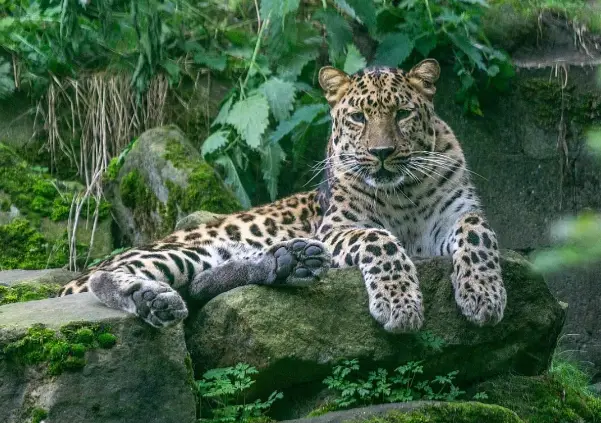
With fewer than 100 individuals remaining, the Amur leopard is one of the world’s rarest big cats. Found only in a small forested area between Russia and China, these leopards face habitat loss and poaching, putting them in grave danger. Their striking spotted coats make them all the more desirable to poachers.
2. Vaquita – The World’s Rarest Marine Mammal
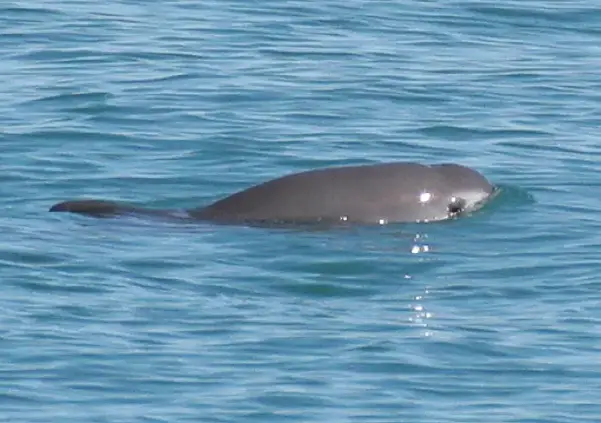
The vaquita, a small porpoise found in the Gulf of California, has fewer than 20 individuals left. Known for their sweet, panda-like markings, vaquitas often fall victim to illegal fishing nets. Conservation efforts are underway, but time is running out for this tiny marine marvel.
3. Javan Rhino – The Last of Its Kind
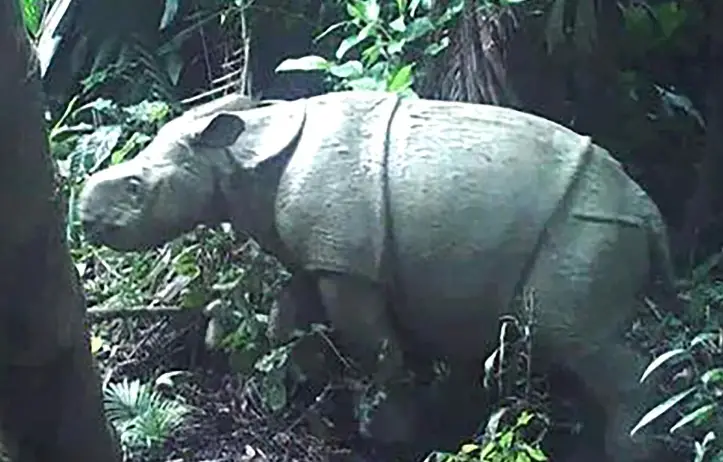
Only about 60 Javan rhinos remain, all residing in a single protected area in Indonesia. Habitat destruction and poaching have driven them to the brink, and with such a small population, this species faces a precarious future.
4. Northern White Rhinoceros – Just Two Left on Earth

With only two females left, the northern white rhinoceros is functionally extinct. Conservationists are exploring new methods, including in vitro fertilization, to save the species, but without a living male, their survival is uncertain.
5. Yangtze Finless Porpoise – China’s Smiling Dolphin
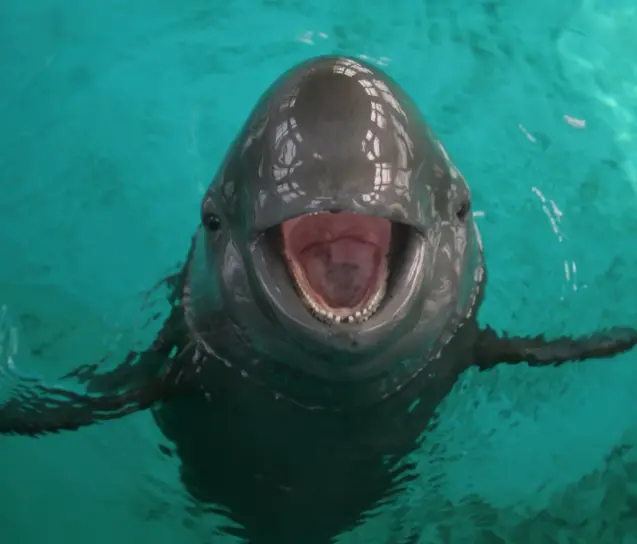
This freshwater dolphin, found only in the Yangtze River, has an adorable smile that’s becoming heartbreakingly rare. Pollution, river traffic, and habitat degradation have reduced their population, leaving fewer than 1,000 individuals.
6. Kakapo – The World’s Only Flightless Parrot
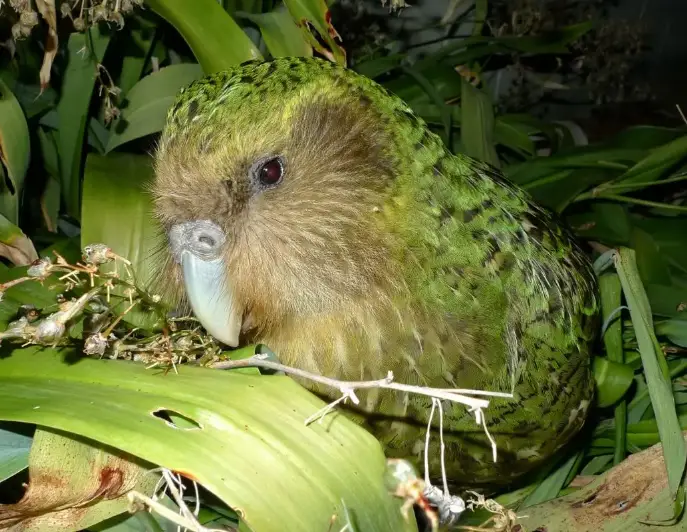
Native to New Zealand, the kakapo is a critically endangered, nocturnal parrot that’s unable to fly. Due to predators introduced to its habitat, its numbers have dwindled, leaving only around 200 individuals. Conservationists are working tirelessly to increase their population.
7. Sumatran Elephant – The Gentle Giant of the Rainforest

Sumatran elephants, the smallest of the Asian elephants, are under extreme threat due to deforestation and human encroachment. With around 2,400 left in the wild, these gentle giants are in desperate need of habitat protection to survive.
8. Hawaiian Monk Seal – The Pacific’s Rarest Pinniped
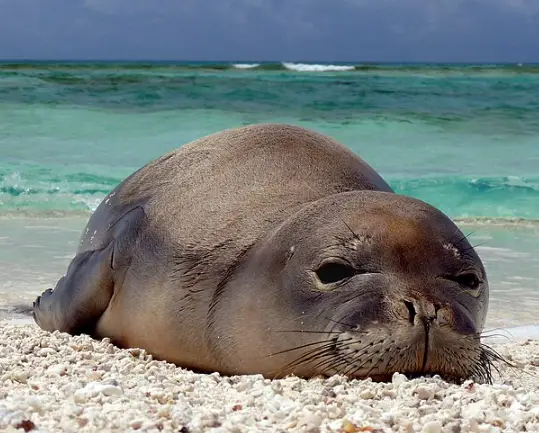
Only about 1,400 Hawaiian monk seals remain in the wild. These seals, native to Hawaii, are often victims of entanglement, human interference, and food scarcity, making them one of the most endangered marine mammals in the U.S.
9. Saola – The “Asian Unicorn” That Few Have Seen
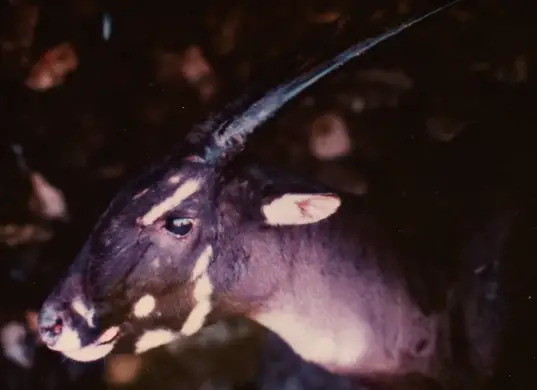
Known as the “Asian unicorn” due to its extreme rarity and elusiveness, the saola is native to the Annamite Mountains between Vietnam and Laos. There are so few of them left that they’re hardly ever seen by humans, with only a few dozen estimated to remain.
10. Philippine Eagle – The Philippines’ Majestic National Bird
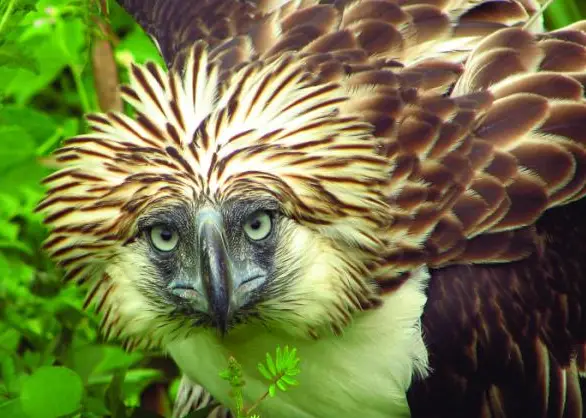
The Philippine eagle, one of the world’s largest and most powerful eagles, is critically endangered, with fewer than 400 individuals left. Deforestation has destroyed much of its habitat, threatening this majestic raptor’s survival.
11. Red Wolf – America’s Vanishing Predator
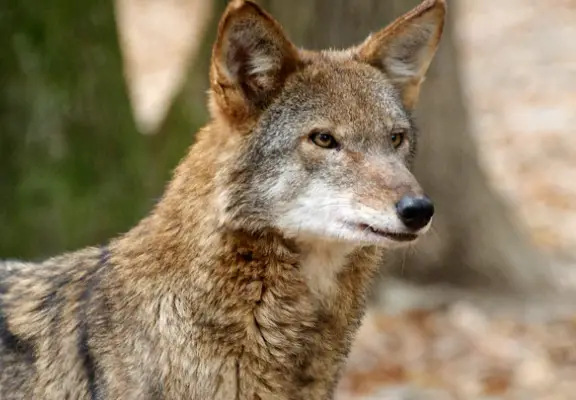
Once widespread across the southeastern United States, red wolves now number fewer than 20 in the wild. Habitat loss and competition with coyotes have driven them to the brink. Conservationists are working to reintroduce them, but success has been slow.
12. Ganges River Dolphin – The Blind Swimmer of the Ganges
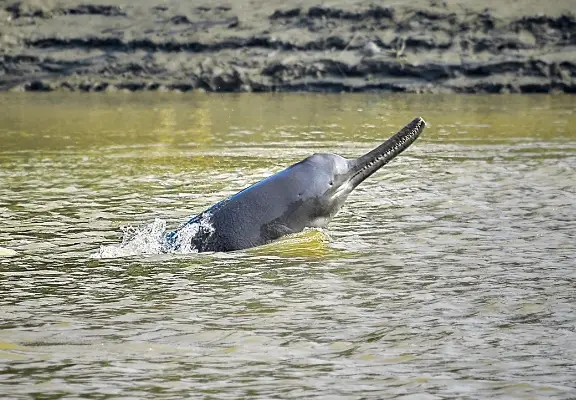
This freshwater dolphin, which relies on echolocation due to its poor vision, is facing pollution, poaching, and habitat loss. With fewer than 2,000 left, the Ganges river dolphin’s future is uncertain as it continues to lose its natural habitat.
13. Axolotl – The Smiling Salamander
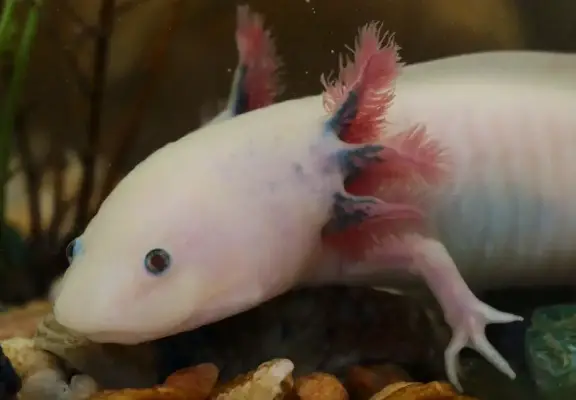
The axolotl, a unique Mexican salamander known for its “smile” and regenerative abilities, is critically endangered in the wild. Pollution and urbanization in its native lakes have pushed this fascinating species to the edge of extinction.
14. Mountain Gorilla – The Gentle Giants of the Mist
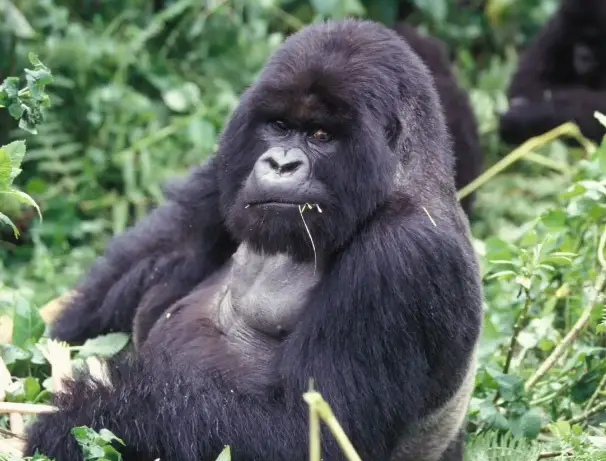
Living in the forests of Central Africa, mountain gorillas number fewer than 1,000 in the wild. Thanks to dedicated conservation efforts, their numbers are slowly increasing, but poaching, disease, and habitat loss continue to threaten their survival.


